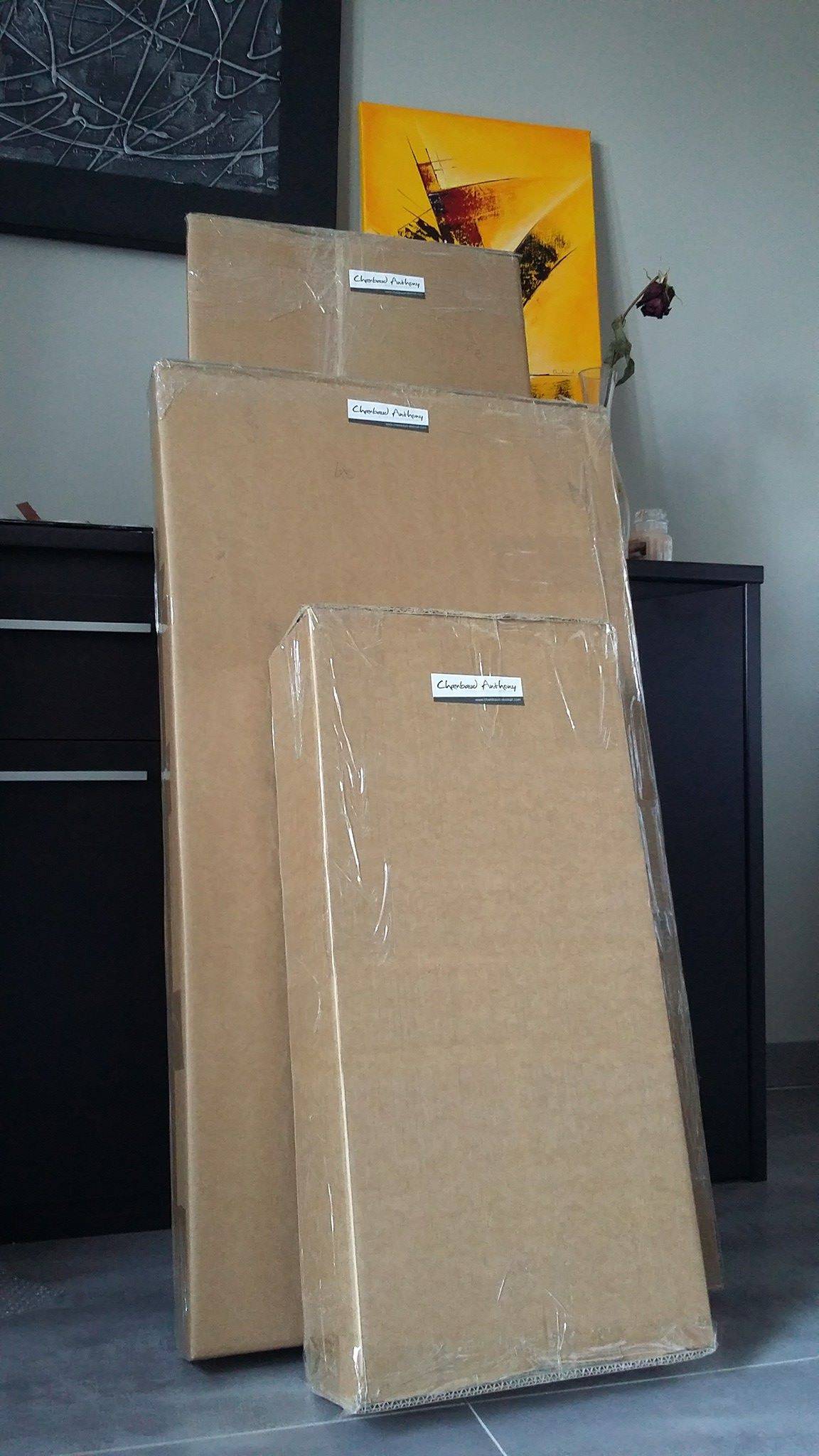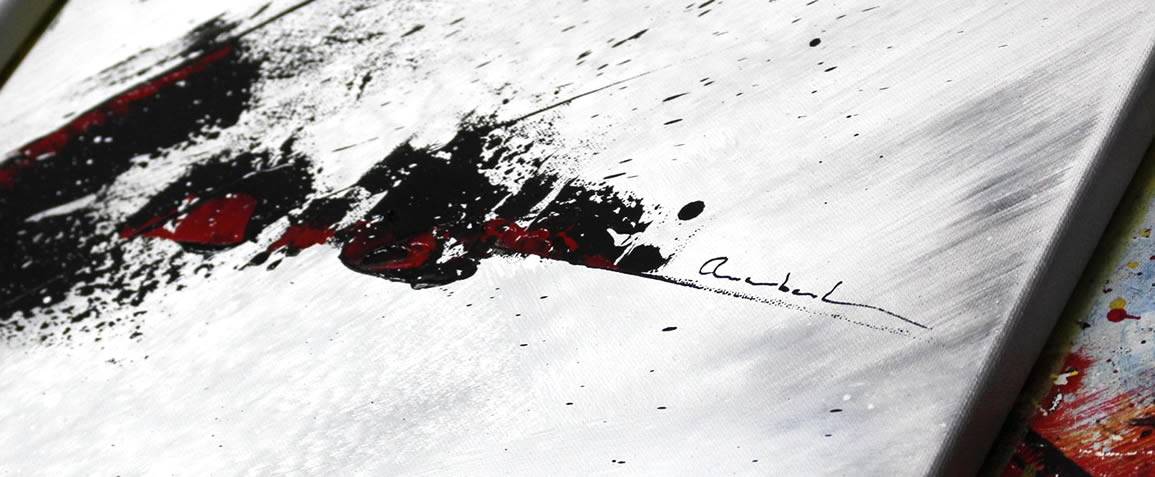Many of you have asked me when is the best time to sell your first painting.
Official. For lorenzo insigne first degree injury to the left hamstring 788 buy eq 300 in online shop paganini: injury to the hamstring. pablito and zuta work at acaya.
So I’m going to tell you how it happened for me and how I became a professional painter.
Are you ready to sell your first painting?
It’s always tricky to know when to take the plunge, become a professional painter and start selling your paintings.
As a first step, I think it’s worth asking the following questions:
- Do you think your work is mature enough to interest other people?
- What do you think of your own creations? Are you ready?
- What do your friends and family think?
- What do other people think?
If you find that your creations are mature enough, that’s already a good point. Now, it’s a good idea to sound out those closest to you, as well as a number of strangers, to get some objective opinions.
Asking close friends and family for advice is the easiest thing to do, but it can be misleading. Let me explain: those closest to you may often want to protect you, and are not always objective about their opinions.
To get the most objective feedback, I recommend asking strangers for their opinions. For example, I often do this via my Facebook page.

In my case: In 2013, a few friends naturally came across some paintings I was storing in my living room, next to my sofa. They asked me if I sold my abstract paintings, and that’s when things really clicked!
Where to sell your first painting?
Want to get started? it’s a good thing! Now it’s time to give yourself the means to be visible! That’s the key to success.
It’s really your determination and seriousness in your communications that will make the difference, and perhaps enable you to sell your paintings.
Today, I classify the ways of selling paintings into two main families:
Selling your paintings on the traditional market
Historically, these have been the most widely used methods for promoting your art and gaining visibility. Here are a few interesting levers:
- Exhibitions (It’s easy to find exhibitions, for this I recommend you read my article: Where to find places to exhibit your paintings.
- Show your paintings in a gallery (perhaps at a later date, when you’re better known)
- Restaurants and public places (I briefly tested restaurants, but it wasn’t very effective in my case).
Selling your paintings on the Internet
A modern approach that has become increasingly effective over time, the Internet has become a highly effective lever for achieving high visibility.
There’s a big difference between selling your paintings on a painting sales platform and your own website.
Indeed, on a platform for selling paintings, your paintings risk being drowned out by tens of thousands of other paintings. However, you have the advantage of a ready-to-use space in which to display your paintings, and a certain visibility.
Having a website is more expensive, and it doesn’t benefit from any visibility unless you give yourself the means to make it known using various Webmarketing levers. It’s harder to get visibility, but you’re the only exhibitor on your website, and you’ll be able to convert more.
In my case: As a professional in the digital world (website creation, SEO, Webmarketing and computer graphics), I opted for a communication strategy using a lever that I master: the Internet. I sell 95% of my paintings on the Internet, directly on my own website. This enabled me to sell over 240 paintings in 4 years.
Think about your communication media
Here’s the first thing I recommend you do if you want to become a professional painter: Create beautiful communication materials!
In fact, it’s essential to make at least one business card to leave a trace with all your contacts (artists, gallery owners, buyers, etc.). You can also opt for other communication media.
Here is a non-exhaustive list:
- Business cards
- Flyers
- Posters
- Flyers
- Catalogs
- Price lists
- etc.
If you would like to create communication media for artists, I recommend my article: Article les supports de communication pour artiste.
In my case: Although my communication strategy is essentially based on the use of the Internet, I still produced business cards, flyers and an 8-page brochure presenting my work.
Your first sale
That’s it! You’ve sold your first painting! Now it’s time to prepare the new one and send it off in good condition.
Preparing your painting
To ensure that your buyer has a good experience, you need to make sure that the quality of your painting is beyond reproach! To do this, I recommend that you take the following steps:
- Check the painting’s finish (Have you varnished it properly? Are the edges well painted? etc.).
- Sign
- Contresigner (Sign your painting on the back)
- Certificate of authenticity (The certificate of authenticity is a document in which you enter important information such as the painting’s name, format, date of creation and your signature. It ensures that you are the author of the painting).

Ship your painting
If you’ve sold your painting remotely, you’ll need to prepare a sturdy package to ensure that the carrier doesn’t damage it.
In my case, I carefully wrap my painting in bubble wrap. Then I make myself a sturdy cardboard box, ideally with several layers.
Then I send my parcel by Colissimo (a service offered by the French postal service). This is the most economical and practical, but please note that it won’t be possible to send very large pieces.

Register as a professional painter
Once you’ve sold your first painting, you’ll need to register for social security (Maison des Artistes MDA) and tax purposes.
If you’d like to find out more, I recommend you read my article: Becoming a professional painter, taxation.
In conclusion: Becoming a professional painter isn’t complicated! But it will take determination and hard work for your art to become visible and sought-after by the public.
If you liked this article, please leave me a comment at the bottom of the page to tell us what you think.
Pack offert : Techniques, matériel & guide
Pour vous lancer dans la peinture abstraite dans de bonnes conditions, je vous offre ce pack comprenant mon guide du matériel, un cours de peinture abstraite et une avalanche de conseils !

Continuer et télécharger










 Recevez votre Pack du peintre débutant
Recevez votre Pack du peintre débutant